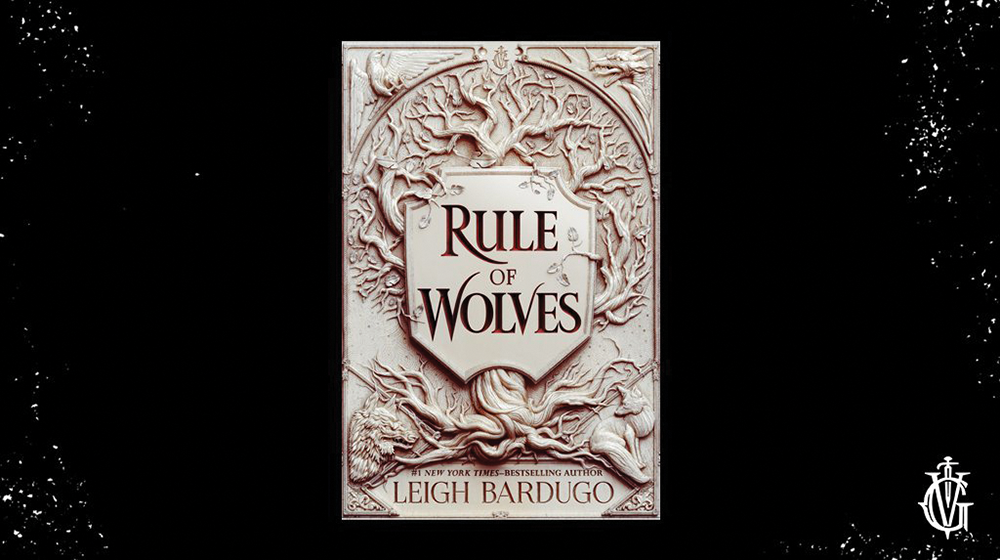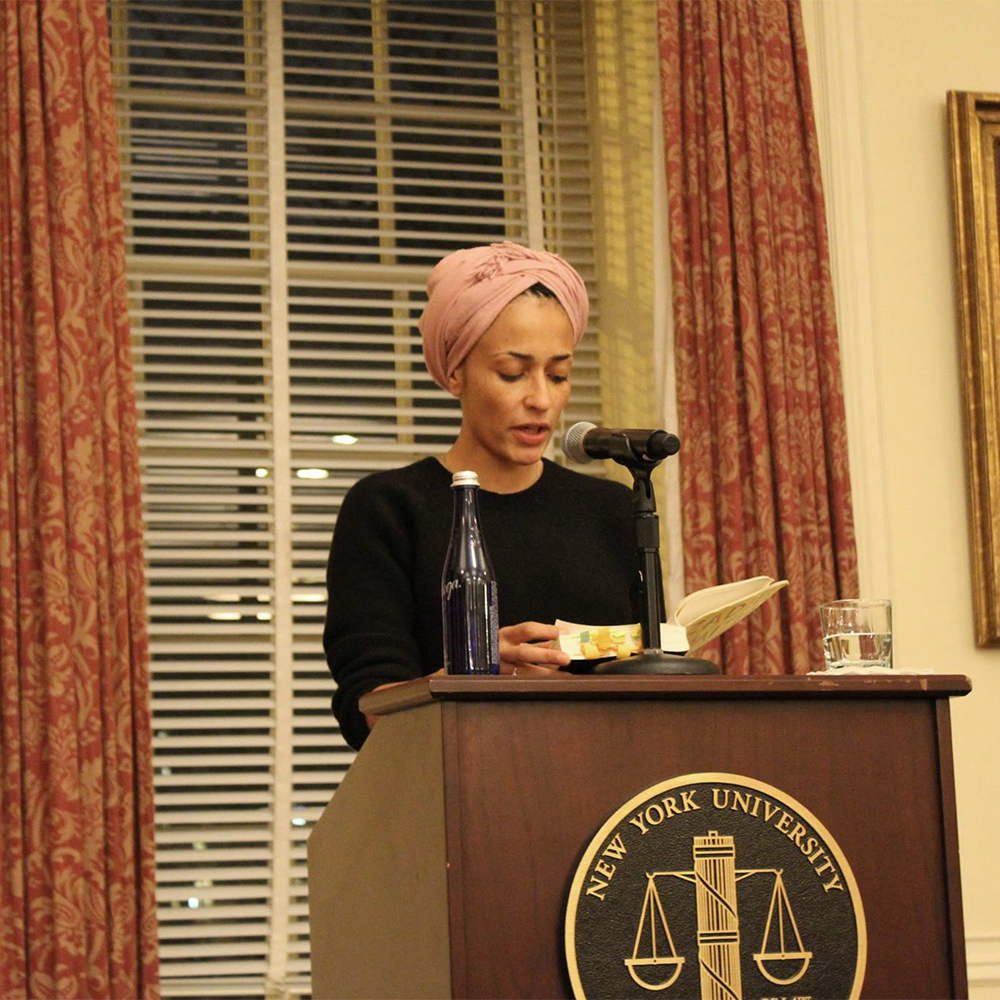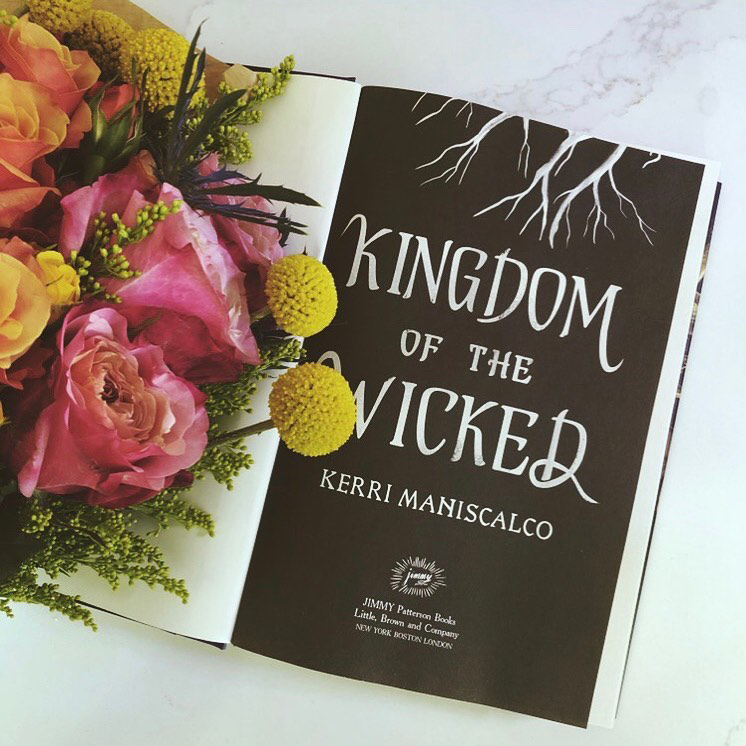If you’ve studied abroad, you may think the experience changed you, but I doubt you ever ended up running naked through the gardens of Versailles.
Such antics are just about inevitable in Mackenzi Lee’s “The Gentleman’s Guide to Vice and Virtue” for Henry “Monty” Montague, the narrator and protagonist. Straddling the line between youth and adulthood, Monty embraces recklessness and debauchery to a fault, living by the motto, “What’s the use of temptations if we don’t yield to them?”
The novel, set in the 1700s, follows Monty on his Grand Tour, a journey around Europe typically taken by high society young men in Britain to culturally educate themselves before they officially began their adult lives. Monty, of course, envisions a revel-filled romp around the continent with his best friend, Percy Newton — complicated only by the fact that Monty has fallen somewhat hopelessly in love with him.
Yet Monty finds his hopes for the expedition dashed by his father’s insistence that the tour should instill in him the ways of a gentleman, or else he will face disinheritance. To make matters worse, his strong-willed younger sister, Felicity, will be accompanying them, along with an uptight chaperone.
Still, once they get to Paris, Monty — not one to pass up an opportunity to indulge his hedonistic tendencies, especially if it’ll get on his chaperone’s nerves — kicks off a remarkable and entirely unforeseen chain of events when he engages in sexual congress with a woman in the Duke of Bourbon’s apartments and steals an ostensibly valueless trinket box just to spite the duke.
Suddenly, streaking through the grounds of Versailles to escape becomes the least of Monty’s problems, with the duke in hot pursuit of him, trying to retrieve the artifact, a puzzle box that holds the key to a groundbreaking alchemical secret.
Without warning, this once dull trip to Europe escalates into an escapade brimming with attempted murder, pirates, mad scientists, youthful indiscretion, seemingly unrequited pining and, inexplicably, an island sinking into the ocean.
“Gentleman’s Guide” presents compelling historical fiction, with its diversity not seeming contrived or gratuitous. The characters are wonderfully developed and represent an array of identities often erased from the genre.
Monty, an openly bisexual agent of chaos, in particular experiences extraordinary growth throughout the novel, as the supporting characters challenge him to confront his immense privilege as an upper-class white man. While at times self-absorbed and ignorant, Monty is never any less than entirely endearing, because he’s also charming, hilarious, unsure of himself in a way most of us can probably relate to and desperate to overcome the emotional wounds inflicted by an abusive father.
Percy, with his cool-headed and down-to-earth demeanor, ideally complements Monty and cares deeply about his best friend even when Monty exasperates him. Throughout “Gentleman’s Guide,” Percy reveals the difficulties of life as a dark-skinned, disabled man in 18th-century Europe to both Monty and the reader, highlighting a perspective rarely given agency in historical fiction, all the while being remarkably kindhearted and funny.
Monty’s tour would, of course, be incomplete without Felicity, who is asexual, unamused by her brother’s nonsense and fiercely determined to become a doctor in a world that has no interest in women succeeding. In Felicity we see a compellingly unapologetic feminist and independent thinker, as she reads medical texts disguised as romance novels and provides delightfully disdainful commentary, such as: “Ladies haven’t the luxury of being squeamish about blood.”
Together, Monty, Percy and Felicity form the perfect trio for such an absurd and amusing adventure, as they bicker and support one another in equal measure. Lee’s prose is light and humorous even as the novel explores heavier topics, crafting these characters into relatable and lovable young adults.
“Gentleman’s Guide” excels as a new adult book because it captures a key moment of uncertainty in youth, as we struggle to grow into a form of adulthood that’s deemed acceptable by society. We’re often asked to outgrow our youthful vices and become “respectable” in a way that we may not always be ready for — and, sometimes, what we’re asked to leave behind are essential parts of our identities.
These characters are willing to grow and progress in the ways that matter — by recognizing their privilege and coming to terms with who they are and want to be — but they remain uncompromising about their authentic selves, providing a good model for all of us to follow.
You don’t need an insane trip to Europe to figure out how to express your identity and meet adulthood head-on, but reading about such an adventure certainly doesn’t hurt. The trials and tribulations of Monty and his companions are sure to entertain and bewitch you — though, hopefully, not tempt you to theft and public nudity.
Catriona Kendall is a graduate of the School of Foreign Service. She formerly served as managing editor at The Hoya. Managing Reads will appear in print and online every other week.





















